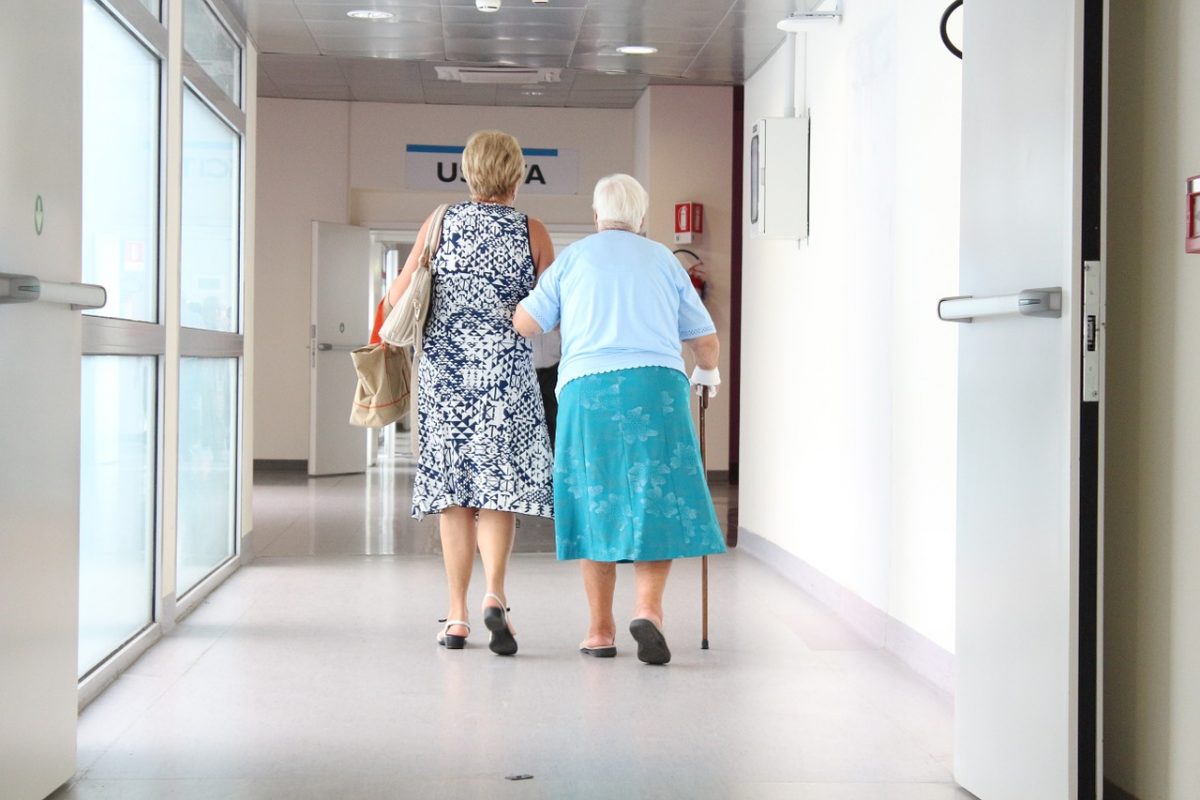Find out how to make complaints about NHS care and treatment in England.
All areas of the country now have local suicide prevention plans and suicide bereavement services, supported by a £57 million investment through the NHS Long Term Plan. We have seen one of the lowest ever suicide rates (in 2017) and collective efforts to improve patient safety led to a 35% fall in suicides in mental health inpatient settings in England between 2010 and 2020.
However, while overall the current suicide rate is not significantly higher than in 2012, the rate is not falling. There is therefore much more we must all do to save more lives.
Charity Homeless Link has published its annual research report on the state of the homeless sector, which reveals that the funding for and availability of homelessness support is shrinking at the same time as demand is increasing.
The Homelessness Monitor: England 2023 was commissioned by Crisis and led by Heriot-Watt University, as part of the Homelessness Monitor series, a longitudinal study providing independent analysis of the homelessness impacts of recent economic and policy developments in England. The research takes stock of homelessness in 2023 and the five year period before this. It also highlights emerging trends and forecasts some of the likely future changes, identifying the developments likely to have the most significant impacts on homelessness.
One in two working private renters in England – 3.2 million adults – wouldn’t have enough in savings to pay their rent for more than a month if they lost their job, new research by Shelter reveals. And shockingly, 2.2 million renters (34%) would be immediately unable to pay their rent from their savings if they lost their job.
As we head into winter 2023, energy prices are now falling and it may be tempting to declare the energy affordability crisis over. But that would be a big mistake. Citizens Advice data suggests that millions are facing a winter as bad, or even worse, than last winter.
What impact should our social security system have on poverty and disadvantage? It is a fundamental question for welfare states, but one that inevitably pivots on contested ideas surrounding human need, desert and motivation. To decide the level at which benefits should be set, decision-makers have tended to fixate on questions of work or contribution and neglect more basic issues of adequacy and coverage. While there are all sorts of overlapping functions of social security, arguably the central purpose should be to provide a basic minimum that prevents or alleviates poverty.
As the cost of living crisis enters a dangerous new phase, it’s pushed millions of people to rely on unsecured lending as a last resort to pay for bills and essentials. With interest rates rising, and inflation stubbornly high, it’s unclear how much more pressure this strategy can bear.
The Commission’s Interim Report summarises the findings of the Commission’s work since 2022. It brings together the first steps towards the Commission’s goals of building consensus around the need to tackle poverty in the UK and the tools and approaches that could be successful in doing so.
Britain’s energy bill crisis is not over: Ofgem’s imminent confirmation of the Q4 2023 price cap is expected to show that annualised typical energy bills will be above £1,900 from October, close to double those before Russia’s invasion of Ukraine, and only a little below the effective level of £2,100 from last winter that resulted from the combination of the Energy Price Guarantee and universal £400 payments through the Energy Bills Support Scheme.



